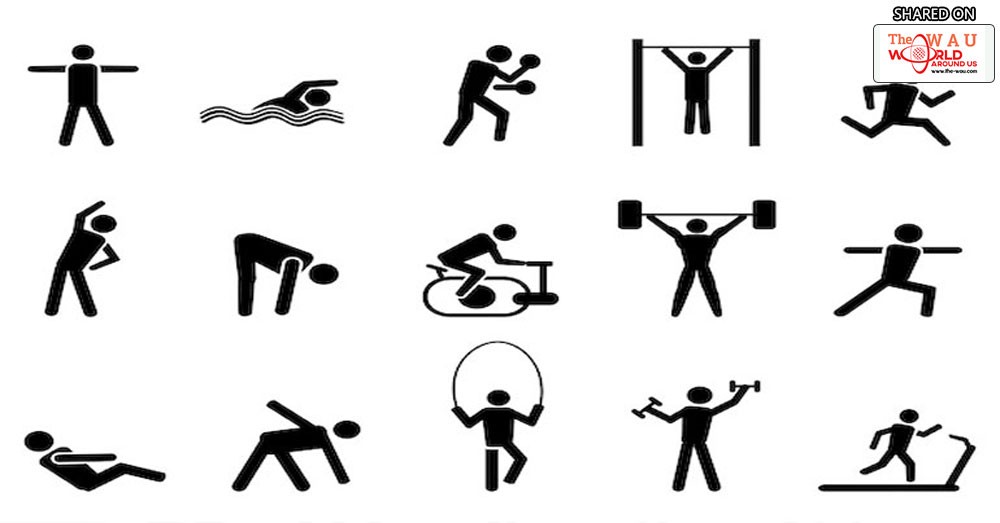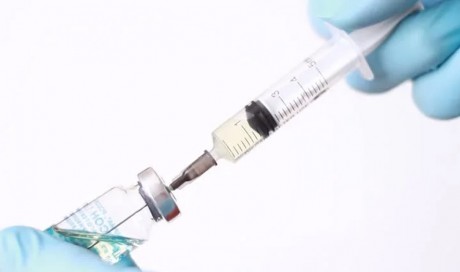Sarcopenia, commonly known as muscle loss, affects nearly 10 percent of adults over the age of 50. Although it decreases life expectancy and diminishes the quality of life, there are some measures which can be taken to prevent or even reverse the condition.
Most of the causes of muscle loss come with age, but many of them are preventable. As a matter of fact, regular exercise and a healthy, well-balanced diet increase both qualities of life and life expectancy.
What Is Sarcopenia?
Literally, sarcopenia means “lack of flesh.” It is associated with muscle degeneration and it affects people over the age of 50. On average, adults lose about three percent of muscle strength annually.
This condition results from an imbalance between signals for teardown and signals for muscle cell growth. The processes associated with the first one are called “catabolism” while the processes associated with the latter are called “anabolism.” As we age, the body becomes resistant to growth signals and catabolism processes outweigh it. Consequently, muscle loss occurs.
Four Factors That Accelerate Muscle Loss
1. Immobility, Including a Sedentary Lifestyle
One of the biggest triggers of sarcopenia is the disuse of muscle, leading to accelerated muscle loss and increased weakness. This is why immobilization and bed rest after an illness or injury accelerates loss of muscle mass.
Even though less dramatic, 2-3 weeks of reduced walking and other activity is also likely to decrease muscle strength and mass.
2. Unbalanced Diet
A low-calorie diet and a diet low in protein leads to weight loss and decreased muscle mass. Low-calorie and low-protein diets are very common in elderly individuals, due to teeth-related problems, problems with gums and swallowing changes in sense of taste, and increased difficulty cooking. To prevent this condition, eat at least 25-30 grams of protein at every meal.
3. Inflammation
After an illness or injury, inflammation tells the body to tear down and then rebuild the damaged cells. Chronic stress may also lead to inflammation which causes an imbalance of tear down and healing, which leads to muscle loss.
For instance, a study on patients with chronic inflammation caused by chronic obstructive pulmonary disease has shown that inflammation decreased muscle mass in these individuals.
4. Severe Stress
People suffering from the chronic liver disease are more likely to experience sarcopenia. In chronic kidney disease, reduced activity level and stress on the body lead to muscle loss. In brief, this condition is more common in conditions that are known to increase stress on the body.
...[ Continue to next page ]
Share This Post















